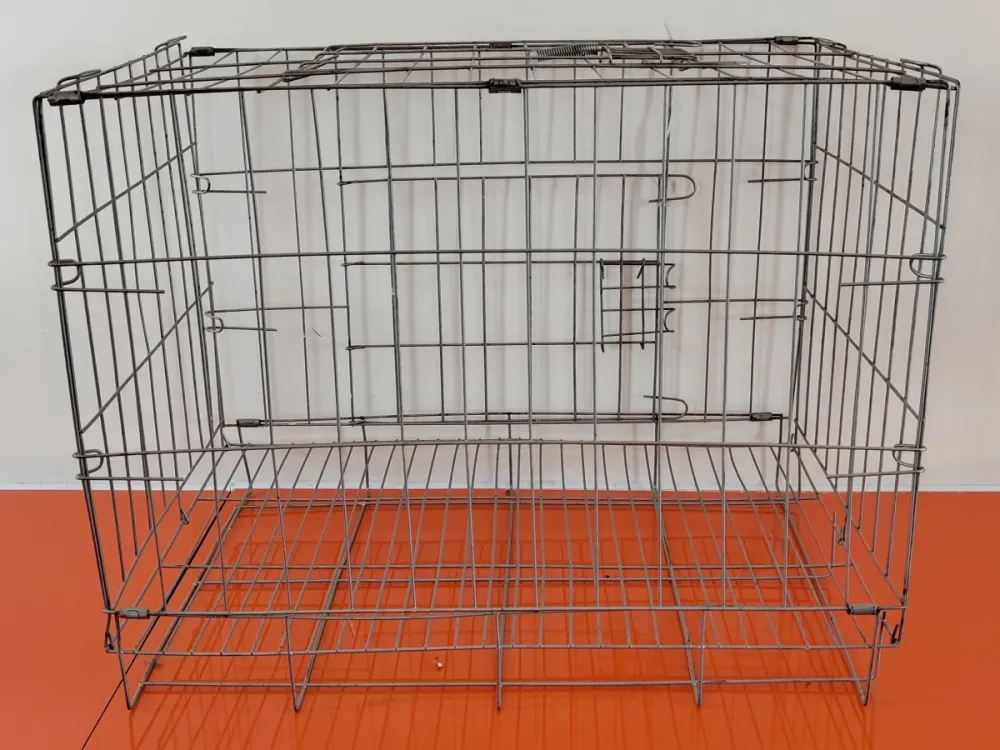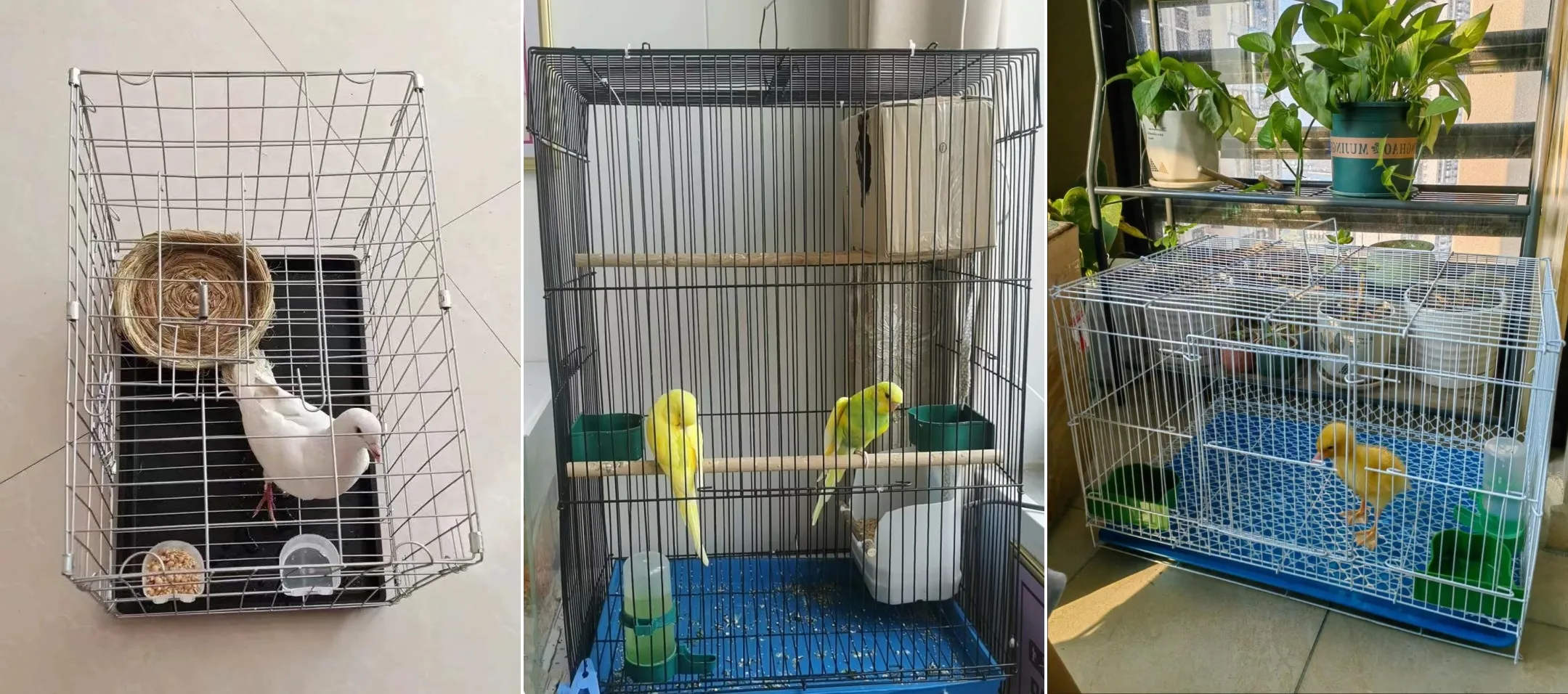Extruded steel mesh, a versatile and robust material, has garnered significant attention across various industries due to its unique properties and wide range of applications. This article delves into the intricacies of extruded steel mesh, underscoring its critical role in modern manufacturing and construction, while also addressing its practical benefits and considerations for use.

Extruded steel mesh is created through a process where steel is precisely shaped into a lattice structure, allowing for consistent strength and flexibility. This process involves passing steel sheets through a series of dies to stretch and expand the metal, forming a patterned mesh.
The result is a structure that provides unmatched stability and durability compared to traditional materials.
One of the primary advantages of extruded steel mesh is its exceptional strength-to-weight ratio. This makes it an ideal choice in applications where maintaining structural integrity without adding excessive weight is crucial. Industries such as automotive, aerospace, and construction frequently utilize extruded steel mesh for this reason. For instance, in automotive design, using lightweight yet strong materials can significantly enhance fuel efficiency and performance.

Additionally, extruded steel mesh is celebrated for its open area, which facilitates excellent air and light passage. In architectural applications, this property allows for innovative building designs that capitalize on natural lighting to reduce energy costs. Moreover, the mesh's perforations enable effective temperature regulation by enhancing airflow, which is beneficial in environments requiring consistent climate control.
The adaptability of extruded steel mesh extends to its compatibility with various surface treatments and coatings, enhancing its corrosion resistance and aesthetic appeal. This feature is particularly advantageous in coastal or industrial environments where exposure to corrosive agents is commonplace. By applying specialized coatings, the mesh can withstand harsh conditions, thus ensuring longevity and reducing maintenance costs.
extruded steel mesh
From an engineering standpoint, the precision of extruded steel mesh allows for customization to meet specific project requirements. The mesh can be tailored in dimensions, thickness, and patterns, offering solutions for bespoke projects. This customization potential is a testament to its flexibility and utility in both large-scale industrial operations and intricate architectural endeavors.
The sustainability aspect of extruded steel mesh cannot be overlooked. Steel is inherently recyclable, and the process of creating extruded mesh generates minimal waste compared to other manufacturing methods. This contributes to environmentally conscious practices, an essential consideration for companies aiming to reduce their carbon footprint and adhere to stringent environmental regulations.
While the advantages of extruded steel mesh are numerous, its effective application requires expert understanding of its properties and deployment techniques. Professionals with specialized knowledge in material science and engineering can leverage these meshes to their full potential, ensuring optimal performance and cost-efficiency across projects.
In conclusion, extruded steel mesh is a quintessential modern material that embodies strength, versatility, and sustainability. Its applications span a multitude of industries, where its distinctive characteristics enable innovative and efficient solutions. Industries seeking to enhance structural designs, energy efficiency, and environmental responsibility will find extruded steel mesh an invaluable resource. However, expert guidance remains paramount to fully harness its capabilities, affirming the material's status as a cornerstone in contemporary engineering and construction landscapes.
























